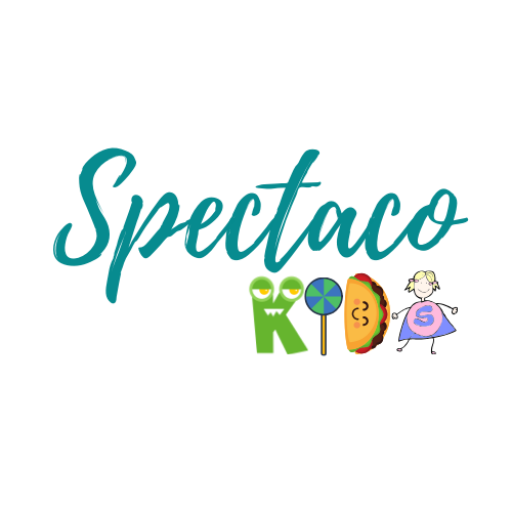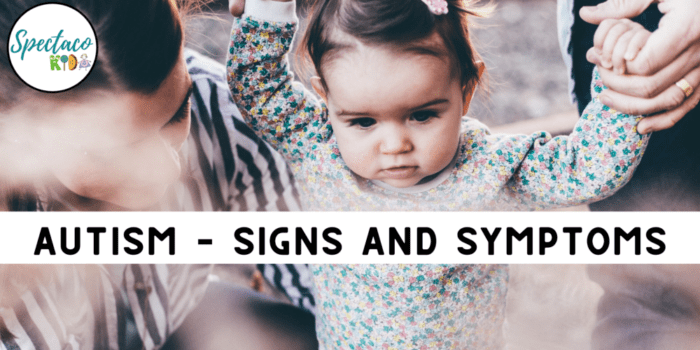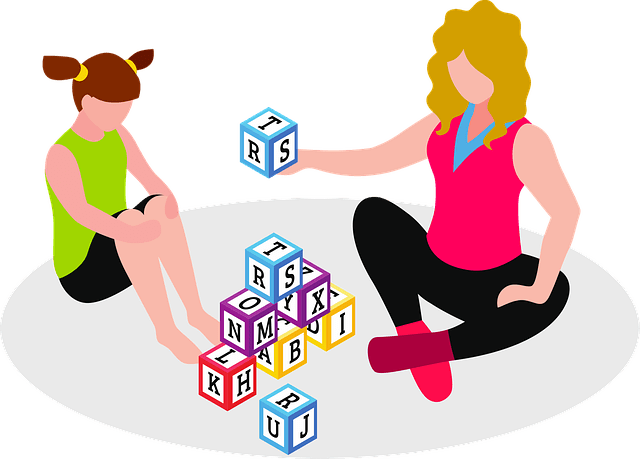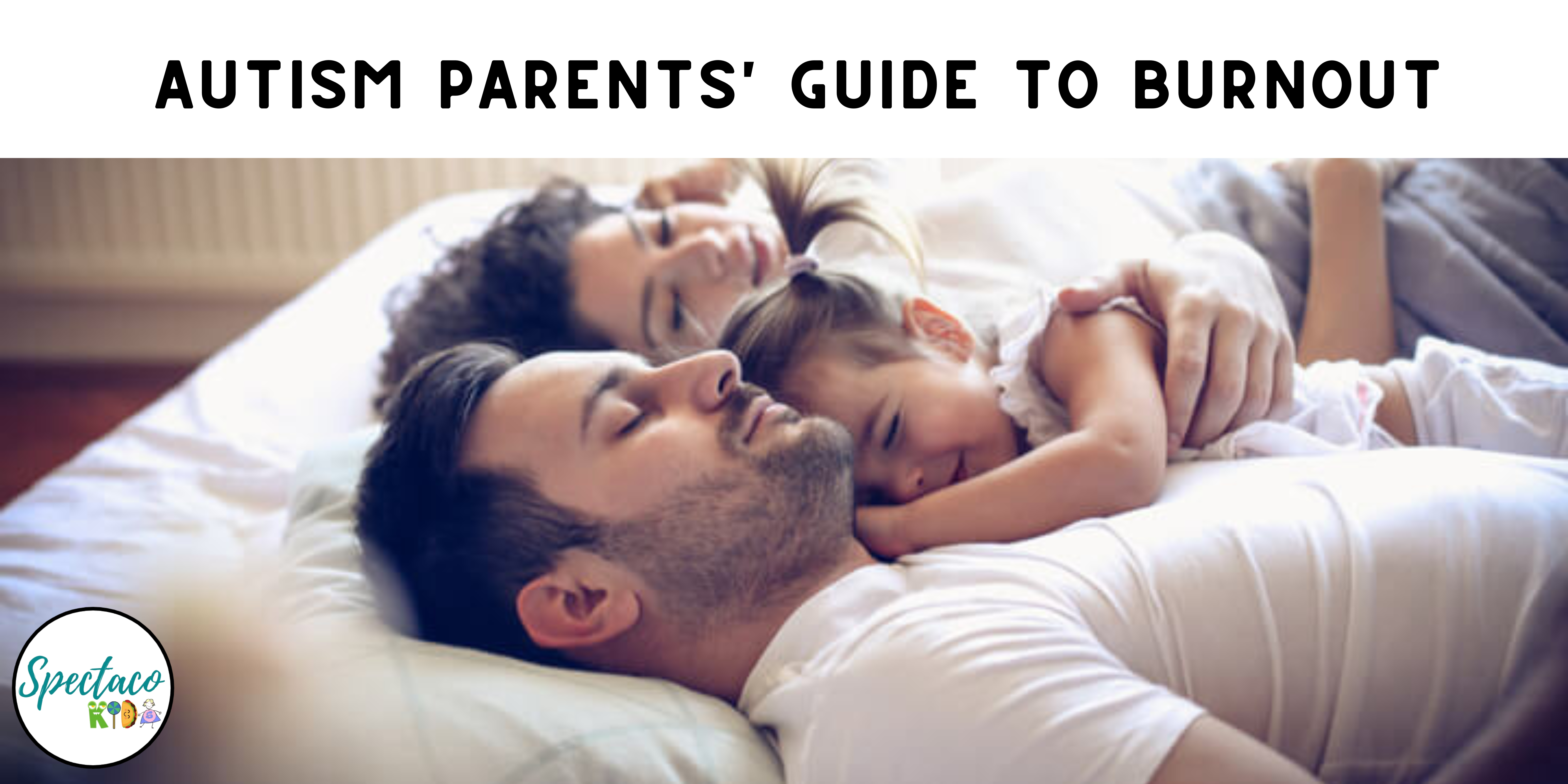Understanding Autism: Recognizing Signs and Symptoms
In the realm of early childhood education, awareness of developmental disabilities among students is paramount. Some children receive diagnoses before embarking on their educational journey, while others manifest symptoms during their formative academic years.
Autism stands as one of the most prevalent developmental disabilities, with over 3 million new cases diagnosed annually, affecting approximately 1 in 54 births. Although autism can occur in both boys and girls, it tends to be more prevalent in boys.
For educators and parents alike, recognizing the signs and symptoms of autism is crucial in providing children with the support they need for a fulfilling future.
Early Indicators of Autism
Autism manifests as variations in brain development compared to neurotypical individuals, resulting in a spectrum of presentations ranging from mild to severe. These differences typically emerge before a child turns three, although they may go unnoticed if symptoms are moderate or infrequent. Here are some early warning signs, as outlined by the CDC:
- Minimal or no eye contact
- Preference for solitary activities
- Lack of response to name
- Lack of interest in pointing at objects or showing interest in them by 14 months
- Absence of pretend play by 18 months
- Challenges with empathy and discussing emotions
- Delayed speech and language skills
- Repetitive speech patterns
- Unusual responses to questions
- Resistance to changes in routine
- Intense fixation on specific interests
- Unusual body movements such as rocking, hand flapping, or spinning
Symptoms of Autism
Following a diagnosis of autism, caregivers often wonder about the challenges their child will face. The symptoms and difficulties experienced vary widely depending on where an individual falls on the spectrum. However, common themes include deficits in social skills, communication difficulties, and atypical behaviors.
Social Challenges
While some individuals with autism possess high intelligence, they may struggle with applying their knowledge in social settings. Many exhibit minimal interest in social interaction and may prefer solitude due to difficulties in understanding social cues such as personal space, emotions, and humor. Communication barriers, including challenges with initiating and sustaining conversations, making eye contact, and interpreting non-verbal cues, further contribute to social struggles.
Communication Struggles
Communication difficulties often accompany social challenges in individuals with autism. Up to 40% of autistic children may never develop spoken language, while others experience challenges in verbal expression, understanding speech, and interpreting non-literal language. Following instructions, responding appropriately to verbal cues, and recognizing facial expressions pose significant hurdles in daily communication.
Behavioral Challenges
Individuals with autism commonly exhibit repetitive behaviors and intense interests. Many adhere strictly to routines and may become distressed by minor changes. Other behavioral patterns include hand-flapping, rocking, and fixation on specific objects or topics. Some individuals with autism also display impulsivity, hyperactivity, and difficulties with coordination. Additionally, self-harming behaviors, selective eating habits, and oversensitivity to sensory stimuli may manifest in some cases.
Supporting Individuals with Autism
While recognizing signs of autism in children can evoke concern, it’s essential to approach the situation with understanding and support. Many individuals with autism lead fulfilling lives with appropriate support and accommodations. By acknowledging the challenges associated with autism and providing tailored interventions, educators and parents can empower individuals with autism to navigate the world with confidence and understanding.
Autism spectrum disorder (ASD) is a complex neurodevelopmental condition characterized by differences in social interaction, communication, and behavior. Recognizing the signs and symptoms of autism in babies, kids, boys, and girls is essential for early intervention and support. This article explores the unique manifestations of autism across different age groups and genders.
Signs and Symptoms in Babies:
Identifying autism in infants can be challenging due to developmental variability. However, certain early signs may warrant further evaluation:
- Limited eye contact: Babies with autism may avoid eye contact or seem disinterested in engaging visually with caregivers.
- Delayed social smiling: Infants typically begin smiling in response to social stimuli by around 6 to 8 weeks. Delayed or absent social smiling could be a red flag for autism.
- Lack of babbling: While babbling is a common milestone in infancy, some babies with autism may exhibit delayed or limited babbling.
- Limited social responsiveness: Babies at risk for autism may show reduced interest in social interactions, such as not responding to their name or facial expressions.
Signs and Symptoms in Kids:
As children grow older, the signs of autism become more apparent. Key indicators in kids include:
- Difficulty with social interactions: Children with autism may struggle to engage in reciprocal social interactions, such as making friends or maintaining eye contact.
- Challenges in communication: Speech delays, repetitive language, and difficulty understanding non-verbal cues are common in autistic children.
- Repetitive behaviors: Kids with autism often engage in repetitive behaviors or routines, such as hand-flapping, rocking, or lining up objects.
- Sensory sensitivities: Heightened sensitivity to sensory stimuli, such as loud noises or certain textures, is common among children with autism.
Signs and Symptoms in Boys:
Autism is diagnosed more frequently in boys than girls, and boys often exhibit distinct behavioral patterns:
- Hyperactivity and impulsivity: Boys with autism may display hyperactive or impulsive behaviors, such as difficulty sitting still or acting without considering consequences.
- Special interests: Many autistic boys develop intense interests in specific topics or objects, often to the exclusion of other activities.
- Aggression or meltdowns: Some boys with autism may exhibit aggressive behaviors or have frequent meltdowns, particularly when overwhelmed by sensory input or changes in routine.
Signs and Symptoms in Girls:
Girls with autism may present differently than boys, leading to underdiagnosis or misdiagnosis. Common signs in girls include:
- Masking behaviors: Girls with autism may camouflage their symptoms by imitating neurotypical behavior, making it harder to recognize their needs.
- Social withdrawal: While some autistic girls may seek social interaction, others may prefer solitary activities or struggle to navigate social dynamics.
- Special interests in people: Instead of focusing on objects or topics, some autistic girls develop intense interests in people or relationships.
- Anxiety and depression: Girls with autism often experience heightened anxiety or depression, stemming from social challenges and sensory sensitivities.
Conclusion: Recognizing the signs and symptoms of autism in babies, kids, boys, and girls is crucial for early intervention and support. By understanding the diverse manifestations of autism across different age groups and genders, caregivers, educators, and healthcare professionals can provide tailored interventions to promote the well-being and development of individuals with autism.





Useful info. Lucky me I discovered your website by accident, and I am surprised why this coincidence did not came about earlier! Petronille Raddy Bohannon
Awsome website! I am loving it!! Will be back later to read some more. I am taking your feeds also. Valaree Gustavo Sturrock
If some one wants expert view regarding blogging then i recommend him/her to pay a visit this
blog, Keep up the nice job.
Good day! I simply would like to offer you a huge thumbs up for your great information you’ve got here on this post. I’ll be coming back to your web site for more soon.|
This is really amazing information. I follow you and your blog constantly. A very successful and effective blog site.
What’s up friends, pleasant paragraph and good arguments commented here, I am really enjoying by these.
Having read this I thought it was rather informative. I appreciate you spending some time and energy to put this informative article together. I once again find myself personally spending a lot of time both reading and posting comments. But so what, it was still worth it! Brett Martainn Colver
I am glad you have been on your site on the advice of friends, thanks.
I noticed that my son finds it hard to interact with his kids his age even though he has excellent grades in school, so I was wondering if he might be autistic since he’s been showing other symptoms as well. I appreciate your explanation when you told us that kids with ASD often struggle with understanding social skills, so they often prefer being alone since they have trouble relating to others. I’ll take note of this while I find out where I can get a proper autism diagnosis for my son here in New Mexico soon.
Do you have this visual in Spanish?